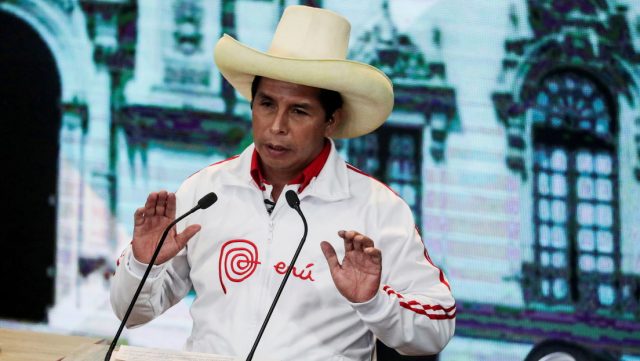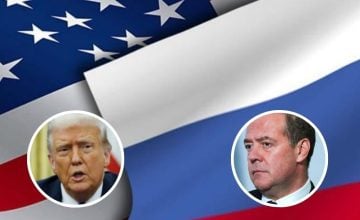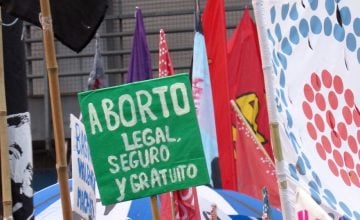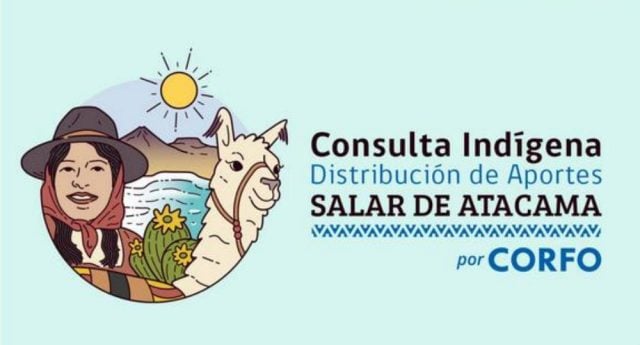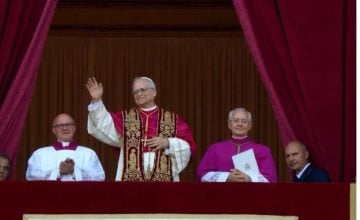Following a long electoral war, Pedro Castillo will assume the Presidency of Peru next Wednesday, July 28. His five-year term has tough challenges ahead of him, including the resolution of a difficult institutional situation and dealing with the serious economic crisis brought on by the coronavirus pandemic.
The third largest country in South America, only behind Brazil and Argentina, and the fourth most populated, with just over 33 million inhabitants, hopes to regain its international credibility, highlights a report by Nuria López for RT.
Since the results of the second round of the presidential elections that were held on June 6, and which have ended with the proclamation of Castillo as president, the opposition has not stopped launching accusations of electoral fraud and qualifying the new president as illegitimate.
These accusations were proclaimed mainly by his rival Keiko Fujimori, the daughter of former Peruvian president Alberto Fujimori (1990-2000), who is currently serving prison for crimes against humanity, among other crimes, committed during his tenure.
Keiko Fujimori finally acknowledged the results, although she continues to maintain, without proof, that thousands of votes were stolen from her.
In addition, other more radical right-wing sectors, such as the one represented by Rafael López Aliaga, from Renovación Popular, also maintain the discourse of an «illegitimate president», following the path of the extreme right wing sector in countries such as the United States or Spain, after their electoral defeats.
Thus, despite the fabric of allies woven during the campaign with more moderate forces, it is likely that Castillo will face impeachment requests, always under the banner of an alleged electoral fraud that has not been proven.
The pandemic in Peru is the center of the political activity
What is certain is that the management of the coronavirus pandemic will mark the first stages of this new mandate. Peru has become the country with the highest mortality rate from SARS-Cov-2 in the world (in countries with more than one million inhabitants), after a data review in June that led to the incorporation of 115,000 deaths to their official statistics.
Since the beginning of the pandemic, the Andean country has registered more than 195,000 deaths from covid-19 (610.34 per 100,000 inhabitants) and almost 2,100,000 positives (6,547.34 per 100,000 inhabitants). Currently, in the last week, its rates of infections and deaths are decreasing significantly, registering a decrease in both variables, close to 70% with respect to the previous seven days.
Now, the political agenda is focused on two factors. In the first place, in guaranteeing the vaccination of the entire population, since the country has ensured sufficient doses to immunize all Peruvians. At the moment, more than 11.3 million doses have been administered and more than 4.2 million people (almost 13% of the population) already have the complete dosage.
The challenge of economic reactivation
Second, the new government must find a way to achieve economic reactivation. In 2020, Peru’s GDP plummeted 11.2%, weighed down by a long quarantine so as to curb the virus. As reported by the National Institute of Statistics and Informatics (INEI) earlier this year, this is the worst result in the last three decades, after a 22-year streak of uninterrupted economic growth, many of them with rates higher than the Latin American average.
The impact has been strong, the second largest in its history, after the fall of 13.4% in 1989, although better than the predictions of the Central Bank, which predicted a decrease of 12.5%.
According to official data, the quarantine of more than 100 days that the country lived last year paralyzed 44% of the economic activity, affecting most sectors and products. The hotel and restaurants sector contracted by 50.45%; transport, storage and messaging, 26.81%; services rendered to companies, 19.71%; mining and hydrocarbons, 13.16%; manufacturing, 13.36%; construction, 13.87%; trade, 15.98%; and electricity, gas and water, 6.14%. Only telecommunications (4.87%), Public Administration and Defense (4.15%), fishing (2.08%) and the agricultural sector (1.28%) experienced a slight growth.
A timid recovery seems to have started in December, with an increase of 0.51% after nine consecutive months of decline. In addition, the Economic Commission for Latin America and the Caribbean (ECLAC) predicts a 9% growth for Peru in 2021, the highest in the entire region.
Structural problems
Although the impact of the pandemic has been hard, Peru must also deal with other structural problems. Social inequality, the perception of lack of opportunities or political instability are some of them.
Political instability has been clearly observed in the last presidential term, five years in which there have been four presidents in Peru, including Manuel Merino, who held office for five days (between November 10 and 15, 2020).
UNICEF warned in October that in the area of opportunities, the monetary poverty of children and adolescents already stood at 26.9% in 2019, and predicted that at the end of the first year of the pandemic it would reach 39, 9%. In the case of the general population, it would go from 20 to 30%, while in rural areas the situation is even more dramatic, with 47.3% already in 2019.
In this manner, the health crisis has exposed and deepened existing inequalities. This is also the case with regard to the gender gap in all areas of society. For example, the illiteracy rate for women (8.3%) is almost three times the rate for men (2.9%). Likewise, according to the Peruvian Institute of Economics (IPE), in its latest study, which dates from 2019, it shows that the wage gap was 25.8%, although in some regions, such as Moquegua, it can reach 47%.
In addition, according to the latest INEI report on family violence, (from September 2020) 57.7% of women between the ages of 15 and 49 have suffered violence at the hands of their partner. Data that all experts say have worsened during this period of pandemic.
And what about social rights?
As a progressive politician, Castillo will have to assess whether to integrate into the political agenda the social rights that have been left out of the debate in the last electoral campaign, such as the legislation on abortion, homosexual marriage, gender identity or euthanasia.
So far, he does not seem to show interest in these issues, reflecting the conservative character of the Peruvian society, in which 80% of the population declares itself Catholic and 15% Evangelical.
Just to give an example of the importance of these issues, it is estimated that around 370,000 clandestine abortions are performed in Peru, because the law only allows the voluntary interruption of pregnancy when the life of the mother is at risk. International attention turned to Peru in 2019 with the case of Camila, a 13-year-old girl who became pregnant due to having been raped by her father, who had been sexually abusing her since she was 9 years old. Camila had a miscarriage for which she had to face criminal charges with prison terms.
